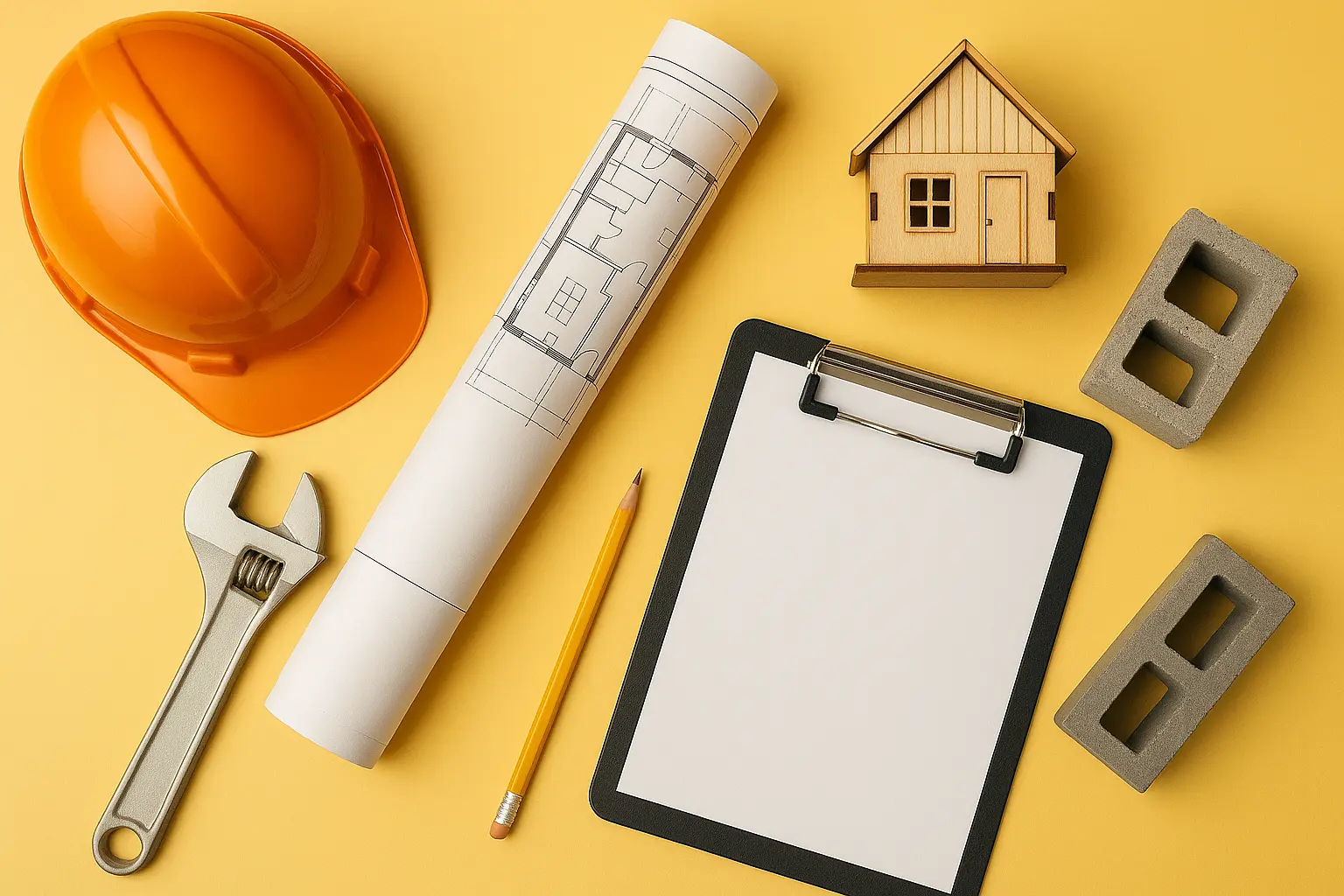ASTM E90 Building Acoustics Certification
The ASTM E90 Building Acoustics Certification is a critical standard in the construction and building sector, providing guidelines for measuring sound transmission loss through partitions and floors. This certification ensures that structures meet specified acoustic performance criteria to enhance occupant comfort and privacy.
Sound transmission is particularly important in environments where noise control is paramount, such as residential buildings, offices, hospitals, schools, and other public spaces. By adhering to ASTM E90, builders can ensure that their construction projects comply with local regulations while also delivering a superior acoustic experience for occupants.
The standard outlines specific test procedures using a wide-field speaker method or a multiple microphone technique. These methods involve placing sound sources on one side of the partition and measuring the received noise level on the other side. The goal is to quantify how effectively the partition blocks sound, thereby assessing its acoustic performance.
ASTM E90 is widely recognized for its stringent requirements, ensuring that only high-quality partitions pass certification. This not only enhances the reputation of construction companies but also contributes to a healthier and more comfortable living environment for end-users.
The test results from ASTM E90 are used in various scenarios, including:
- Ensuring compliance with building codes and regulations
- Evaluating the effectiveness of soundproofing materials during design phases
- Verifying performance of partitions in existing buildings undergoing renovation
- Supporting marketing claims regarding acoustic performance
In summary, ASTM E90 plays a crucial role in the construction and building sector by providing a standardized method to assess sound transmission loss. This ensures that all parties involved—from architects and engineers to builders and clients—are aligned on the importance of acoustics.
Scope and Methodology
The scope of ASTM E90 focuses on the measurement of sound transmission through partitions and floors in buildings. The standard covers both laboratory testing conditions as well as field tests, making it versatile for various applications. Laboratory tests are conducted using a wide-field speaker method or a multiple microphone technique to simulate real-world conditions accurately.
For wide-field speaker methods, a loudspeaker emits sound waves into an anechoic chamber, and the resulting noise levels on the receiving side are measured. This approach is suitable for testing thick partitions where reflections are minimal. On the other hand, the multiple microphone technique involves placing microphones at strategic locations around the partition to capture ambient noise, which helps in assessing the overall acoustic performance.
The acceptance criteria under ASTM E90 are stringent and vary based on the type of partition being tested. For example:
- For light partitions, the sound transmission loss should exceed 35 dB
- For medium partitions, it should be above 40 dB
- For heavy partitions, a minimum of 50 dB is required
The methodology also includes detailed procedures for specimen preparation, installation, and testing. Specimens must be acoustically sealed to minimize edge effects that could skew test results.
To ensure accurate and reliable measurements, ASTM E90 recommends using calibrated equipment such as sound level meters and reference microphones. The standard specifies the necessary frequency range (typically 125 Hz to 4000 Hz) for these instruments to capture relevant data across various frequency bands.
Why Choose This Test
Selecting ASTM E90 Building Acoustics Certification is beneficial for several reasons:
- Regulatory Compliance: Many regions mandate compliance with acoustic standards to protect public health and safety. Adhering to ASTM E90 ensures that your construction projects meet these regulatory requirements.
- Promote Comfort and Privacy: High-quality partitions tested according to ASTM E90 can significantly enhance the acoustic environment, providing better comfort and privacy for occupants.
- Enhance Brand Reputation: Demonstrating adherence to recognized international standards like ASTM E90 boosts your company's reputation as a leader in sustainable and high-performance construction practices.
- Avoid Legal Issues: Non-compliance with acoustic regulations can lead to legal disputes. By following ASTM E90, you minimize the risk of such issues.
- Optimize Design: Testing partitions according to ASTM E90 provides valuable insights into their performance during design phases, enabling architects and engineers to optimize designs for better acoustics.
- Satisfaction Guarantee: Ensuring that your products meet or exceed the specified criteria in ASTM E90 can lead to customer satisfaction and repeat business.
By choosing ASTM E90 Building Acoustics Certification, you not only comply with industry standards but also contribute towards creating healthier living and working environments.
Quality and Reliability Assurance
The quality and reliability of ASTM E90 Building Acoustics Certification are ensured through rigorous testing protocols and adherence to international standards. This section outlines key aspects that contribute to the reliability of the certification:
- Standardized Testing Procedures: ASTM E90 specifies precise methods for conducting tests, ensuring consistent results across different laboratories.
- Calibration of Equipment: All instruments used in testing must be regularly calibrated to maintain accuracy and precision.
- Repeatability: The standard emphasizes the importance of reproducible test results, which is critical for validating the performance claims made by manufacturers.
- Peer Review: Results from ASTM E90 tests are often subjected to peer review, adding credibility and trustworthiness to the certification process.
- Continuous Improvement: ASTM standards undergo periodic reviews and updates based on new research findings and technological advancements.
The reliability of ASTM E90 is further enhanced by its widespread acceptance in the construction industry. Many leading organizations around the world use this standard as a benchmark for acoustic performance, ensuring that results are universally recognized and respected.
In conclusion, choosing ASTM E90 Building Acoustics Certification not only ensures high-quality outcomes but also establishes your company as a leader in sustainable and innovative building practices.





